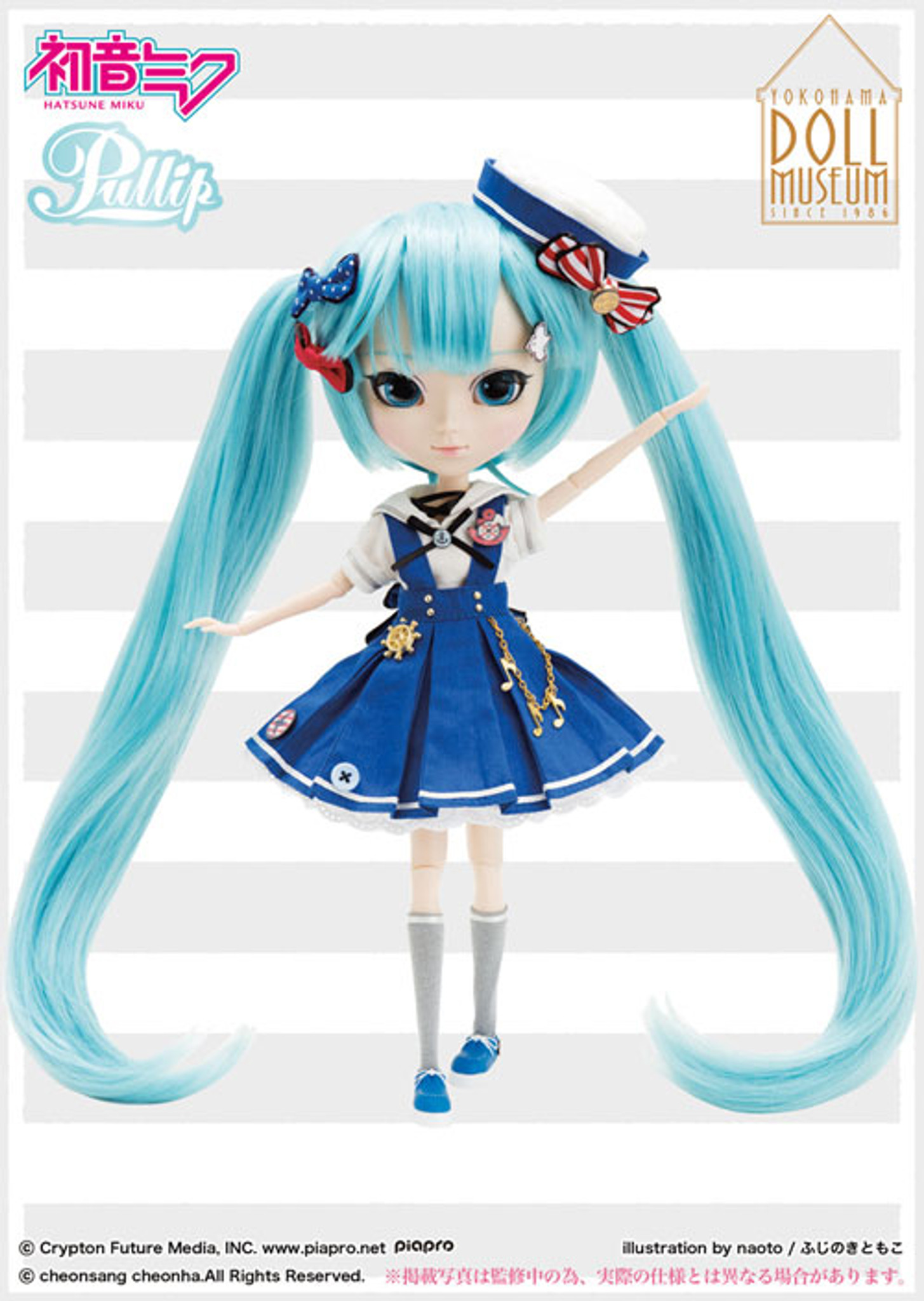

“I did that because software that simulates a person singing is not an essential need for human beings. This uncertainty guided Itoh for an experimental step: he didn’t just create singing software but also attached a cartoon character to it. In fact, he was pretty UNCERTAIN about the entire venture. Itoh wasn’t sure about whether the need existed for such software (to make a computer sing) or what benefits there might be in producing it. In Japan, voice synthesis software was reasonably popular, and it was used to generate broadcast for train stations, an answering system for telephone companies and so on.
Vocaloid miku license#
Itoh stated, “We knew that such technology existed, and wondered if there was anything we could do with that.” So, Itoh obtained a license from YAMAHA and created the first virtual singing software in 2004 he called it “Meiko”. In 2003 YAMAHA unveiled a human voice generating technology VOCALOID. When Hiroyuki Itoh founded CFM in 1995, he focused on doing business related to “sound”: they import, develop and sell virtual instrument software and sound materials to professional producers. In fact, back in 2007 she was initially created as an anthropomorphized mascot for a virtual singing software by a Japanese technology company, called Crypton Future Media (CFM). Miku can sing in English, Chinese, Taiwanese, and perhaps in Italian, always with a funny and cute accent.

Some of you might know Hatsune Miku as a holographic star from Japan, known for her iconic pigtails that almost reach the ground.

Hatsune Miku: the first sound from the future How many of you have been to a concert like this: Everything is real, but the pop star on stage is not because she is a hologram? This sounds like a prophetic story from Black Mirror, doesn’t it? Except, it’s not.


 0 kommentar(er)
0 kommentar(er)
